Yoga Blog
Discover How Yoga Effectively Reduces Stress: Techniques and Benefits for a Calmer Life
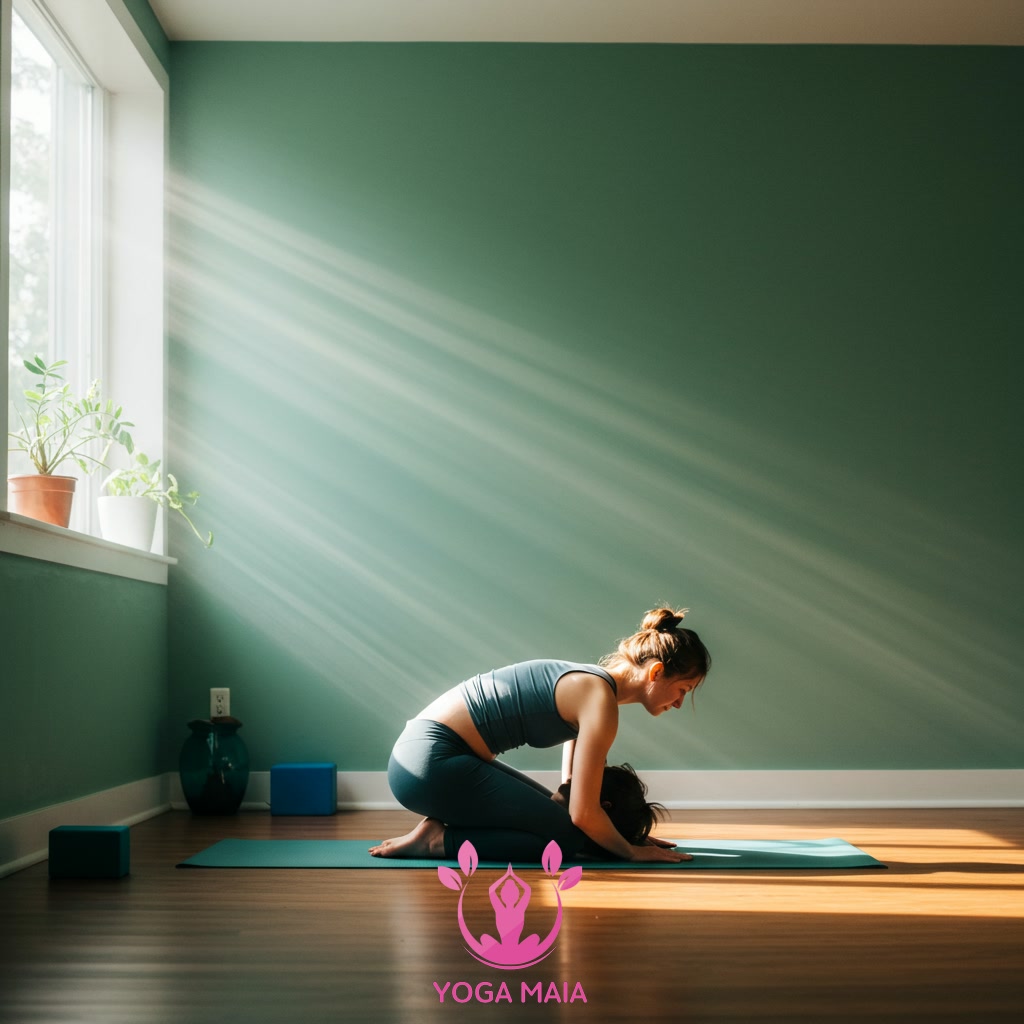
This content explores how yoga serves as an effective method for stress reduction. It delves into various yoga techniques specifically designed to alleviate stress and promote relaxation. The discussion highlights the numerous benefits of incorporating yoga into one’s routine, ultimately contributing to achieving a calmer and more balanced life.
Table of Contents
- Section 1: Understanding Stress and the Potential of Yoga
- Section 2: The Science Behind Yoga’s Stress-Reducing Power
- Section 3: Effective Yoga Techniques for Immediate Stress Relief
- Section 4: Long-Term Benefits of Regular Yoga Practice for a Calmer Life
- Section 5: Integrating Yoga into Your Daily Routine
Section 1: Understanding Stress and the Potential of Yoga
Stress is a prevalent challenge in modern life, manifesting in various ways from physical tension and fatigue to mental overwhelm and emotional reactivity. It’s essential to understand that stress is the body’s natural response to demands, but chronic or unmanaged stress can significantly impact overall health and well-being. Recognizing the signs and sources of stress is the first step towards managing it effectively. Amidst the pressures of daily life, practices like yoga offer a powerful potential counterbalance. Yoga is not merely a series of physical exercises; it is a holistic discipline integrating movement, breath control, and mindfulness. This combination provides a pathway to shift from a state of tension and reactivity towards one of greater calm, presence, and resilience. This section will explore the fundamental nature of stress and introduce the concept of yoga as a promising tool for navigating its effects.
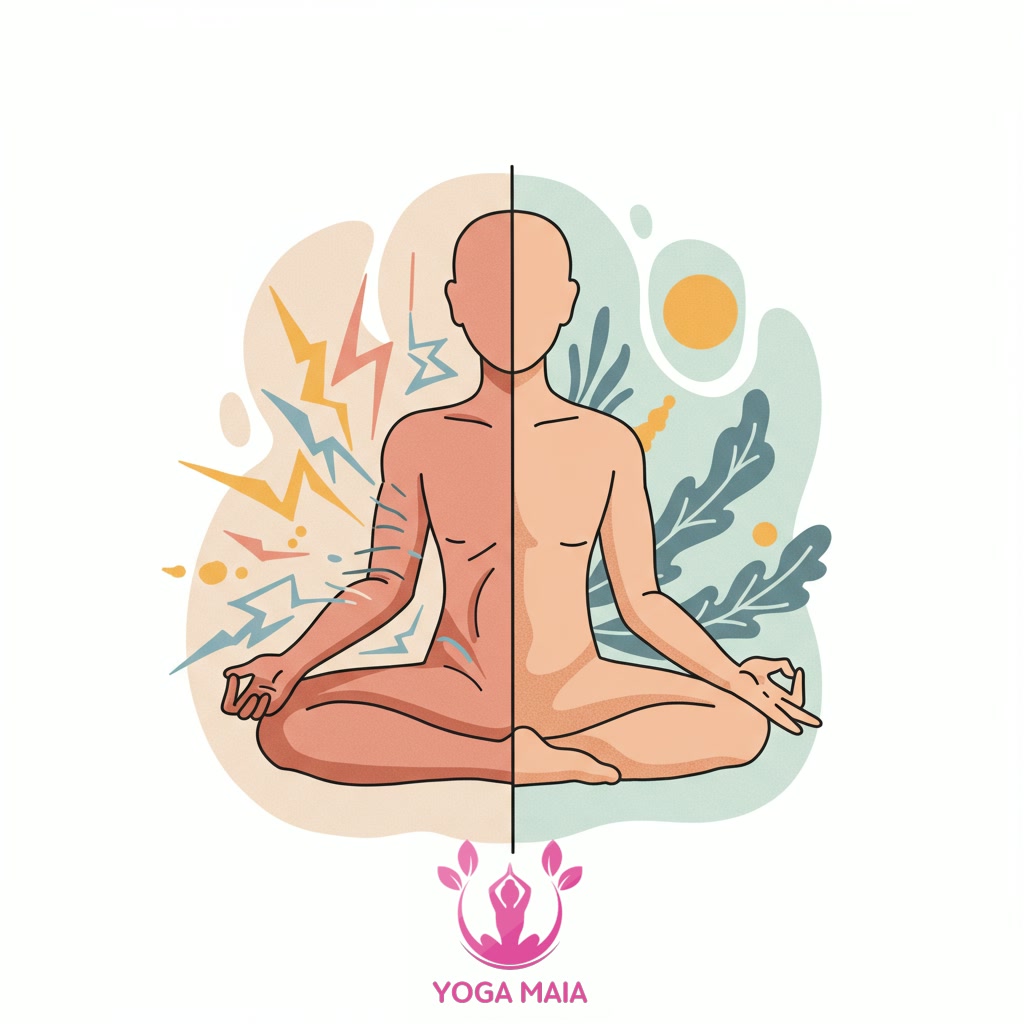 Understanding Stress and the Potential of Yoga
Understanding Stress and the Potential of Yoga
Section 2: The Science Behind Yoga’s Stress-Reducing Power
Understanding the ‘why’ behind yoga’s effectiveness reveals a fascinating interplay between mind and body. Scientifically, yoga activates the parasympathetic nervous system, often called the ‘rest and digest’ system. This counteracts the ‘fight or flight’ response triggered by stress, leading to a decrease in stress hormones like cortisol. Regular practice helps regulate the heart rate and blood pressure, calming the physiological stress response. Moreover, studies indicate that yoga can influence brain structures associated with stress and anxiety, such as reducing activity in the amygdala (the brain’s fear center) and increasing activity in areas related to emotional regulation and self-awareness. This neurobiological impact, combined with the physical release of tension through postures and the calming effect of controlled breathing, provides a powerful mechanism for stress reduction at a fundamental level.
 The Science Behind Yoga’s Stress-Reducing Power
The Science Behind Yoga’s Stress-Reducing Power
Section 3: Effective Yoga Techniques for Immediate Stress Relief
Building on the understanding of how yoga impacts the nervous system, we can now explore practical techniques for immediate stress reduction. When feeling overwhelmed, certain yoga practices offer rapid relief by activating the parasympathetic response. Simple breathing exercises like Dirga Pranayama (Three-Part Breath) or Nadi Shodhana (Alternate Nostril Breathing) can quickly calm the mind and body by regulating oxygen flow and heart rate. Gentle, accessible postures such as Child’s Pose, Cat-Cow, or even a seated forward bend can release physical tension accumulated from stress. Focusing on the present moment through a brief seated meditation or body scan, even for just a few minutes, interrupts the stress cycle and brings a sense of immediate peace. These techniques are designed to be easily incorporated into daily life whenever a moment of stress arises, providing a quick reset.
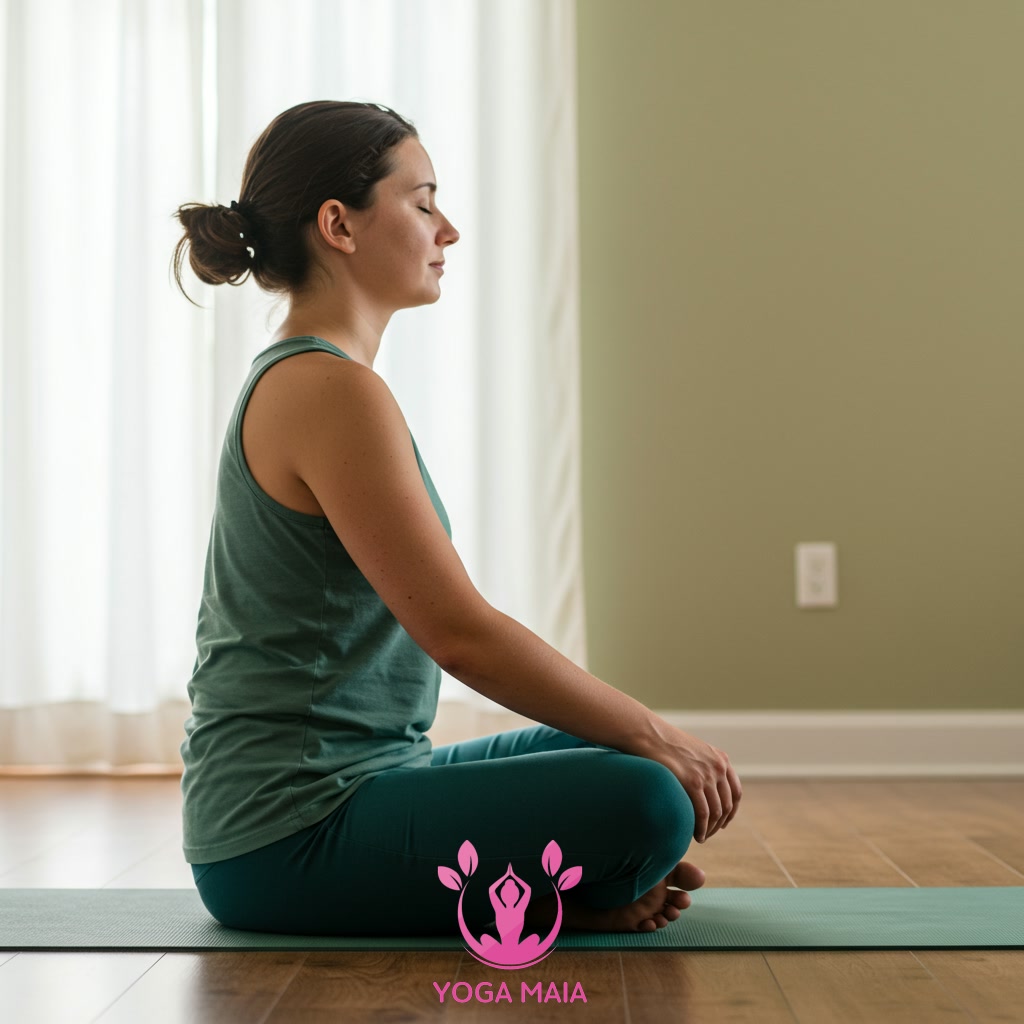 Effective Yoga Techniques for Immediate Stress Relief
Effective Yoga Techniques for Immediate Stress Relief
Section 4: Long-Term Benefits of Regular Yoga Practice for a Calmer Life
Beyond immediate relief, consistent engagement with yoga cultivates profound long-term benefits that contribute significantly to a calmer and more resilient life. Regular practice helps to re-regulate the nervous system over time, shifting the body from a constant state of ‘fight or flight’ towards a more balanced ‘rest and digest’ mode. This sustained shift leads to improved sleep quality, enhanced mood stability, and a greater capacity to handle daily stressors without becoming overwhelmed. The physical postures build strength and flexibility, reducing physical tension often associated with chronic stress, while the breathwork deepens respiratory capacity, promoting sustained calm. Mentally, the mindfulness aspect of yoga trains the mind to be less reactive to negative thoughts and more present, fostering a sense of inner peace and emotional balance that endures long after the mat is rolled up.
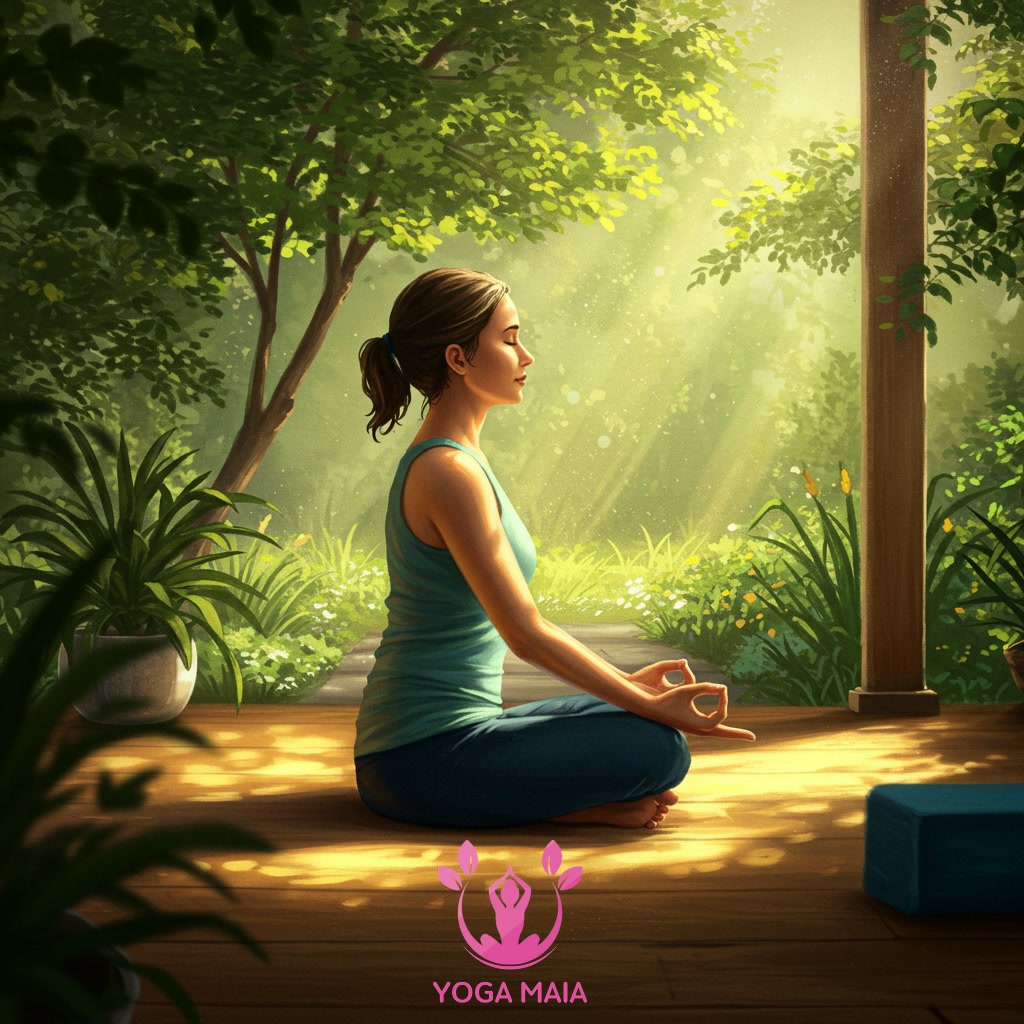 Long-Term Benefits of Regular Yoga Practice for a Calmer Life
Long-Term Benefits of Regular Yoga Practice for a Calmer Life
Section 5: Integrating Yoga into Your Daily Routine
To truly unlock the transformative, long-term stress-reducing power of yoga, consistent integration into your daily life is essential. This doesn’t necessarily mean attending lengthy classes every day; even short, focused sessions can make a significant difference in cultivating resilience. Consider weaving yoga into your routine by dedicating 10-15 minutes each morning to gentle stretches and mindful breathing, or using a few minutes in the evening to unwind with restorative poses. Look for small pockets of time throughout your day – perhaps a quick seated stretch during a work break or a few Sun Salutations before breakfast. The key is finding what works for your schedule and making it a non-negotiable part of your day, reinforcing the positive effects on your nervous system and stress response through regularity, however brief.
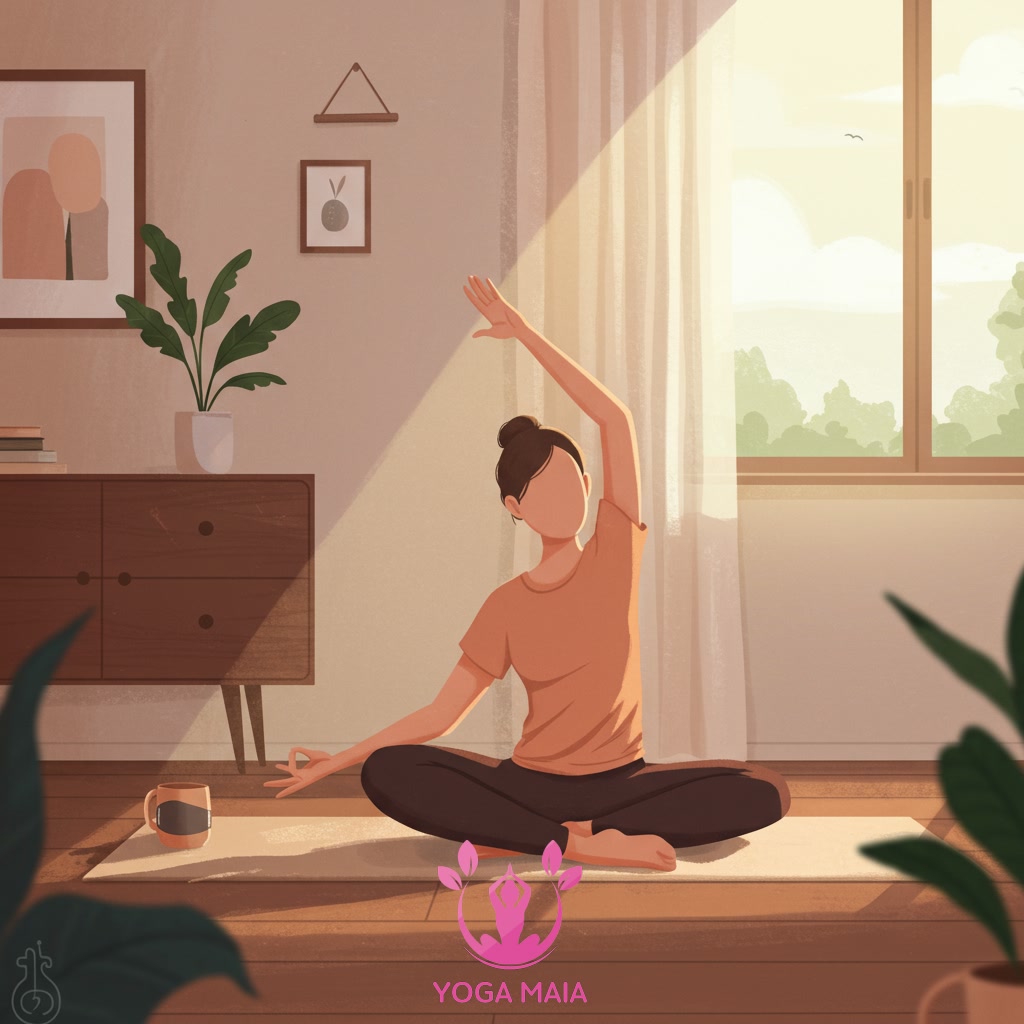 Integrating Yoga into Your Daily Routine
Integrating Yoga into Your Daily Routine












